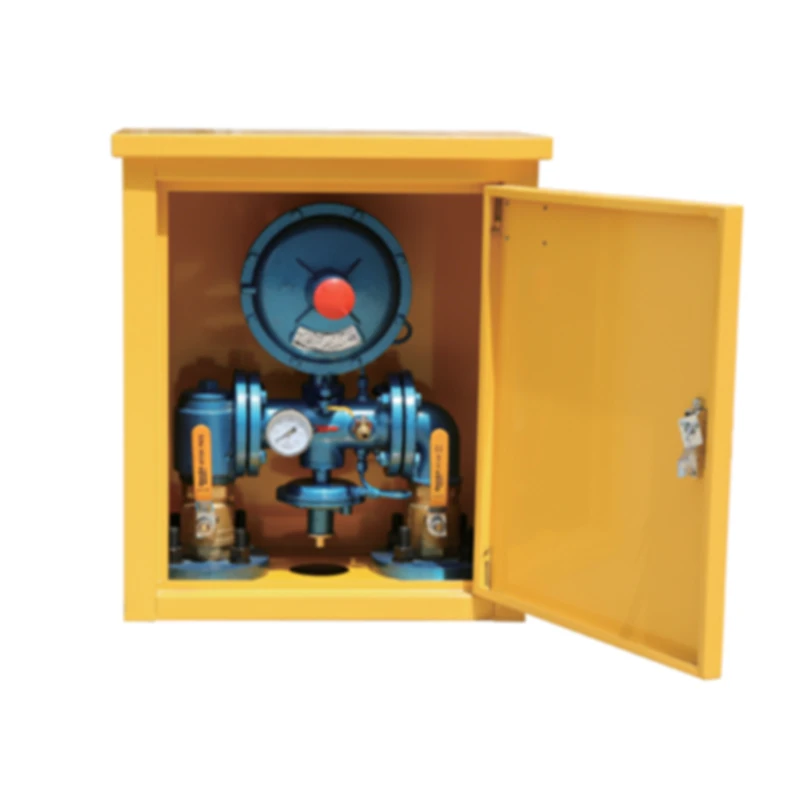
Dec . 21, 2024 11:59
Back to list
Gas Supply and Distribution Facility Overview and Insights
Understanding Gas Distribution Stations The Backbone of Energy Supply
Gas distribution stations play a crucial role in the modern energy infrastructure, facilitating the transport and distribution of natural gas from transmission pipelines to end-users, including residential, commercial, and industrial consumers. As the demand for cleaner energy sources continues to rise, understanding how these stations work and their importance in the energy ecosystem becomes essential.
The Function of Gas Distribution Stations
At its core, a gas distribution station is responsible for reducing the high pressure of natural gas delivered from transmission pipelines to levels that are safe and usable for consumers. The process involves several key operations, including pressure regulation, odorization, metering, and in some cases, the compression of gas before it is distributed to smaller pipelines that lead to homes and businesses.
1. Pressure Regulation Natural gas is transported across long distances at high pressures (often exceeding 1,000 psi) to ensure efficiency and minimize gas leakage. However, such pressures are not suitable for use in households or businesses. Gas distribution stations utilize pressure regulators to step down the pressure to manageable levels, typically around 60 psi, before the gas enters distribution networks.
2. Odorization Natural gas is naturally odorless and colorless, which makes it difficult to detect leaks. To address this safety concern, an odorant, usually mercaptan, is added to the gas at distribution stations. This process ensures that any leaks or escapes can be easily detected by the distinct smell, often described as resembling rotten eggs.
3. Metering Accurate measurement of gas flow is essential for billing and regulatory compliance. Gas distribution stations are equipped with metering systems that track the volume of gas flowing into the distribution system. These meters enable utility companies to bill customers accurately and monitor consumption patterns.
4. Compression In some cases, gas distribution stations are also equipped with compressors. These machines maintain gas pressure in the distribution system, ensuring that it can adequately reach consumers, especially in areas where the distance from the station might result in pressure loss.
Importance of Gas Distribution Stations
Gas distribution stations are critical for several reasons
gas distribution station

- Reliability of Supply These stations ensure a constant supply of natural gas, which is essential for heating, cooking, and energy generation. A reliable energy supply is foundational for economic stability and growth.
- Energy Transition As many countries shift toward cleaner energy sources to combat climate change, natural gas is often seen as a bridge fuel. Gas distribution stations facilitate this transition by supporting the infrastructure needed for increased natural gas availability.
- Safety Protocols With stringent safety measures in place, gas distribution stations are designed to handle emergencies effectively. Regular inspections, maintenance, and employee training programs are crucial to minimize risks associated with gas leaks or accidents.
- Economic Contribution The infrastructure surrounding gas distribution enhances local economies by creating jobs in various sectors, from construction and maintenance to engineering and customer service.
Challenges and Future Directions
Despite their importance, gas distribution stations face several challenges. Aging infrastructure in some regions can lead to inefficiencies or potential safety hazards. Moreover, expanding regulatory frameworks aimed at reducing carbon emissions may affect the natural gas sector.
In response to these challenges, many utility companies are investing in modernizing their infrastructure and incorporating smart technologies. Innovations such as advanced metering infrastructure (AMI), real-time data analytics, and enhanced leak detection systems are being implemented to improve efficiency and safety.
Conclusion
Gas distribution stations are vital components of the energy supply chain, ensuring that natural gas reaches homes and businesses safely and efficiently. As the world navigates its energy future, the evolution of these stations will play a significant role in balancing the demand for reliable energy with the imperative to embrace sustainability and safety. Understanding their function and importance helps reinforce the foundation of energy security in our communities.
Next:
Latest news
-
Safety Valve Spring-Loaded Design Overpressure ProtectionNewsJul.25,2025
-
Precision Voltage Regulator AC5 Accuracy Grade PerformanceNewsJul.25,2025
-
Natural Gas Pressure Regulating Skid Industrial Pipeline ApplicationsNewsJul.25,2025
-
Natural Gas Filter Stainless Steel Mesh Element DesignNewsJul.25,2025
-
Gas Pressure Regulator Valve Direct-Acting Spring-Loaded DesignNewsJul.25,2025
-
Decompression Equipment Multi-Stage Heat Exchange System DesignNewsJul.25,2025

